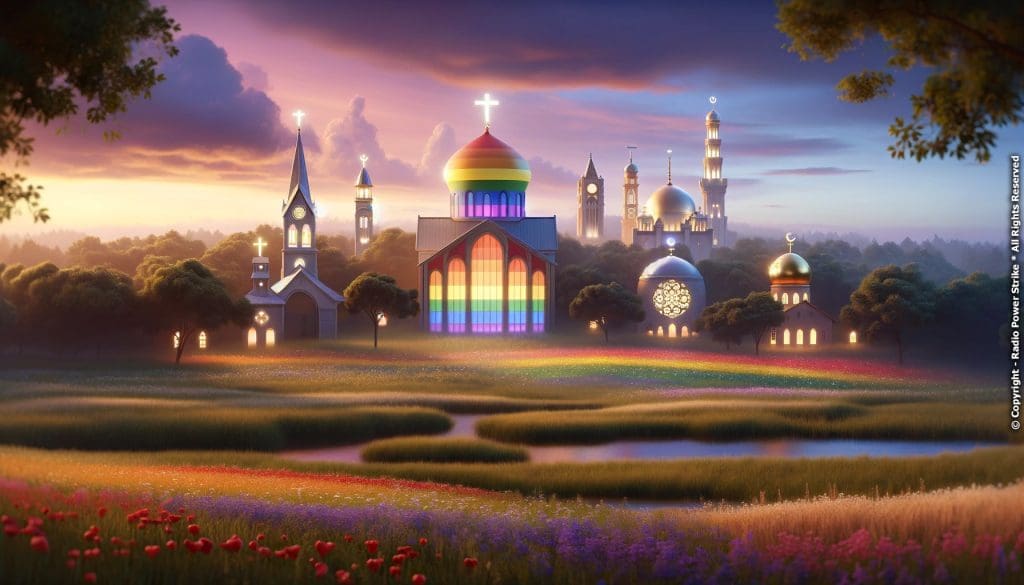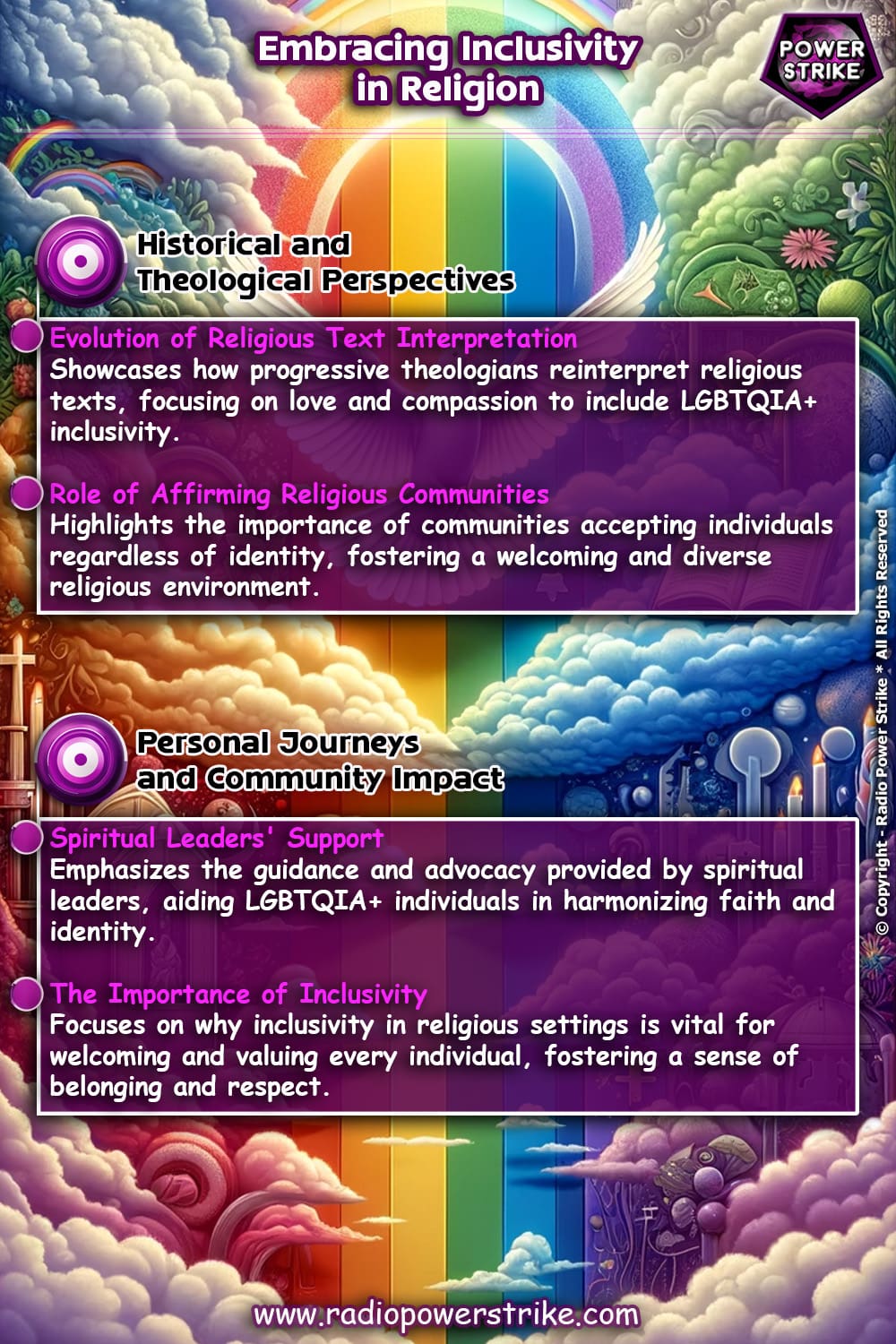LGBTQIA+ and Religion: Bridging the Gap of Understanding
Finding Common Ground in Faith and Identity

Religion, for many, serves as a compass guiding moral and ethical decisions. At the same time, LGBTQIA+ individuals seek acceptance, love, and understanding, often within the same religious communities they grew up in. However, the intersection of faith and LGBTQIA+ identity can be fraught with misunderstanding and tension. It’s essential to delve into these intersections, the challenges faced, and the evolving landscape of acceptance within various religious domains.

The Historical Context of LGBTQIA+ and Religion
Historically, many religious texts and doctrines have been interpreted in ways that oppose LGBTQIA+ identities. Such interpretations have sown seeds of division, leading to feelings of exclusion and alienation among many LGBTQIA+ believers.
For instance, certain verses in religious scriptures, when taken out of context, have been used to condemn homosexual behavior. However, progressive theologians and scholars argue that many of these interpretations are based on outdated cultural norms rather than the core principles of love, acceptance, and compassion central to many religions.
Amid this, several religious leaders, scholars, and communities worldwide are re-examining these teachings, seeking a more inclusive understanding that aligns with the evolving societal acceptance of LGBTQIA+ individuals.
Affirming Religious Communities and Their Role
While challenges persist, numerous religious communities and leaders have taken significant steps towards inclusivity. Churches like the Metropolitan Community Church, founded by Rev. Troy Perry in 1968, have been pivotal in providing a space where LGBTQIA+ individuals can freely express both their faith and identity.
Similarly, organizations like Muslims for Progressive Values and the World Congress of GLBT Jews have worked tirelessly to bridge the gap of understanding, emphasizing the core teachings of love, acceptance, and justice present in their respective faiths.
Through dialogue, education, and love, these communities play an essential role in shifting perceptions and promoting inclusivity within broader religious contexts.
Navigating Personal Faith and LGBTQIA+ Identity

For many LGBTQIA+ individuals, reconciling personal faith with their identity is a deeply personal journey. It involves seeking affirmation, understanding, and a sense of belonging within one’s religious community.
Spiritual leaders like Bishop Yvette Flunder and Imam Daayiee Abdullah have shared their personal stories, shedding light on the intricate path of finding harmony between their LGBTQIA+ identity and faith. Their narratives provide guidance and solace to many on a similar journey.
Moreover, support groups and resources, both online and offline, have emerged to help LGBTQIA+ individuals navigate their unique challenges, emphasizing that one’s relationship with the divine is personal, transcending human interpretations and judgments.
The path to bridging the gap between LGBTQIA+ identities and religious beliefs is paved with challenges, conversations, and, most importantly, love. While strides have been made, the journey is ongoing. It is one that requires understanding, dialogue, and a return to the core values of love and acceptance inherent in many faiths. As societies evolve, so too will religious interpretations, leading to a more inclusive world where faith and identity can coexist harmoniously.

Comments are closed, but trackbacks and pingbacks are open.